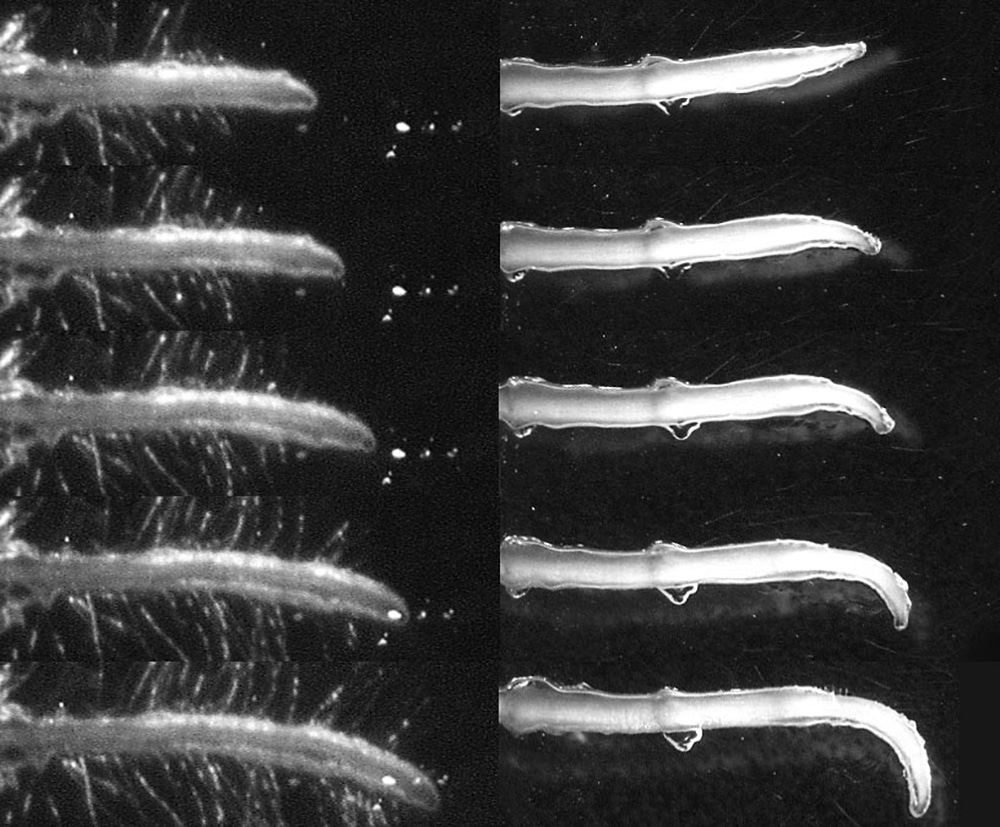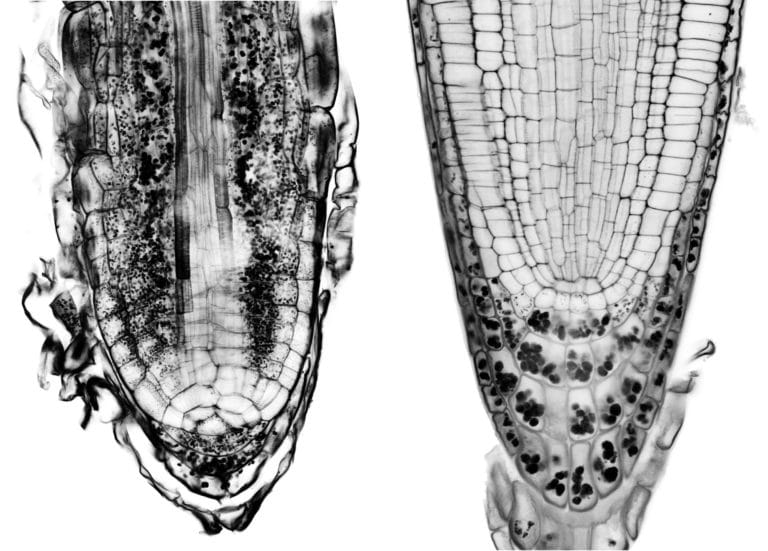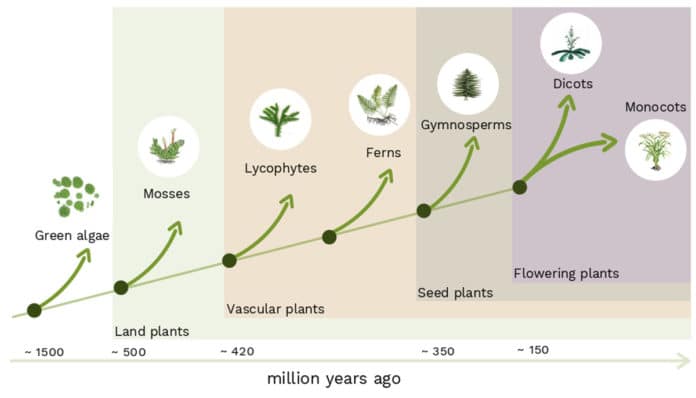An essential adaptation during colonization of land by plants is gravitropic growth of roots, which enabled sources to reach water and nutrients, and firmly anchor plants in the ground.
In a new study by the IST Austria, scientists offered detailed information on the evolution of an efficient root gravitropic mechanism in the seed plants.
For plants to thrive in this new environment, root systems require to grow downwards, following gravity with two basic purposes: anchoring in the soil and giving a source of water and nutrients for the growth of the parts of the plant over the ground.

This mechanism- called gravitropism– has been broadly contemplated in flowering plants, for example, Arabidopsis thaliana. Be that as it may, it has never been efficiently looked at all through the plant kingdom, and its developmental beginning remains a mystery.
The study offered a broader view of how and when root gravitropism evolved. For the study, scientists chose numerous plant species representing the lineages of mosses, lycophytes (clubmosses and firmosses), ferns, gymnosperms (conifers), and flowering plants and let their roots grow horizontally to watch if and when they began to bend downwards to follow gravity.
The outcome: Gravity-driven root growth turned out to be exceptionally simple and slow in the most primitive land plants (mosses) just as in the basal vascular plants (lycophytes and ferns). Only seed plants (gymnosperms and flowering plants), which previously showed up around 350 million years prior, demonstrated a quicker and along these lines progressively productive type of gravitropism.

But, what enabled the fast and efficient root gravitropism in seed plants?
To figure out the answer, scientists analyzed different phases of gravitropism–gravity perception, the transmission of the gravitropic signal, and ultimately the growth response itself. They found that two crucial components play a vital role.
The first turned out to be an anatomical feature: Plant organelles called amyloplasts–densely filled with starch granules–sediment in response to gravity and this way function as gravity sensors. However, this sedimentation process was only observed in gymnosperms and flowering plants with the amyloplasts ending up highly concentrated in the very bottom of the root tip. In earlier plants, by contrast, the amyloplasts remained randomly distributed within and above the root tip, thus not functioning as gravity sensors as was the case in the seed plants.
After recognition through the amyloplasts, the gravity signal is additionally transmitted from cell to cell by the growth hormone auxin. In genetic examinations, the analysts distinguished a particular transporter molecule in the model plant Arabidopsis thaliana, PIN2, which regulates auxin flow and in this way root growth.
While practically all green plants convey PIN proteins, just the particular PIN2 atom in seed plants assembles at the shoot-ward side of the root epidermal cells. This specific localization- unique to seed plants- – prompts the polarization of the transporter cells which, this way, empowers the root to move auxin towards the shoot and therefore for the auxin-based signaling to wander from the spot of gravity recognition to the zone of growth regulation.
With these two anatomical and functional components identified, the authors have gained valuable insights into the evolution of root gravitropism, which is one of the crucial adaptations of seed plants to land.
Yuzhou Zhang, a postdoc in the group of Professor Ji?í Friml said, “Now that we have started to understand what plants need to grow stable anchorage in order to reach nutrients and water in deep layers of the soil, we may eventually be able to figure out ways to improve the growth of crop and other plants in very arid areas. Nature is much smarter than we are; there is so much we can learn from plants that can eventually be of benefit to us.”
The results of the study are published in the journal Nature Communications.
